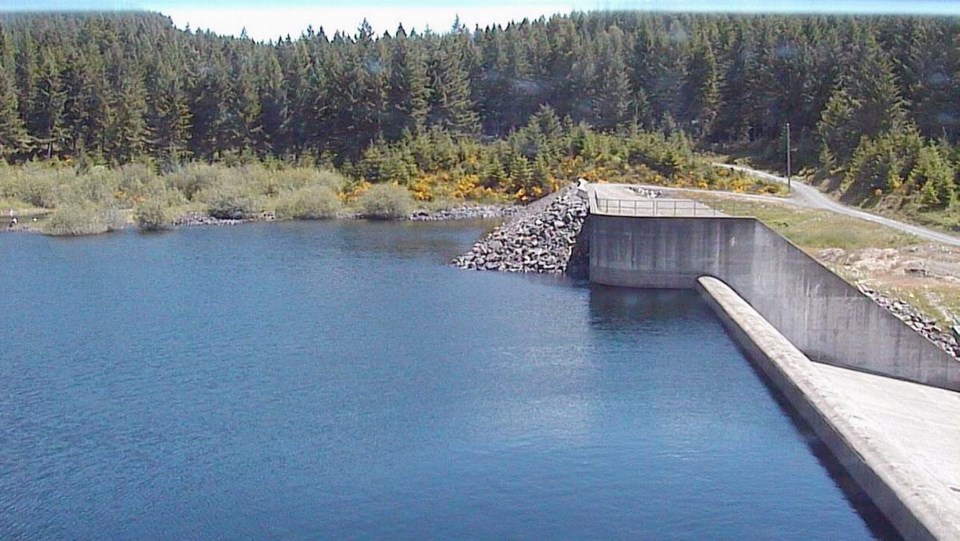The risk of unsafe levels of lead in Greater Victoria drinking water is very low, according to Island Health, and running the taps first thing in the morning and after work should be enough to flush the higher concentrations that accumulate over several hours.
“That first slug of water could have some lead in it,” said Dr. Richard Stanwick, Island Health’s chief medical health officer.
Stanwick said once the initial flow of water is down the drain, water coming from the tap “would not generally have a level of lead that’s concerning.”
Lead does not naturally occur in Greater Victoria’s water source, but the metal can leach out of the copper pipes, brass fixtures and taps of private plumbing systems into drinking water.
The region’s water is not very corrosive, which means it doesn’t leach lead or other metals at high rates.
Stanwick said people who live in older homes are at a slightly higher risk, because older faucets were made with higher amounts of lead, and older buildings are more likely to have copper pipes, or soldering joints containing lead.
But those toxins are easily flushed out by running the taps after water has been sitting, he said.
Lead might also be contaminating drinking water in the municipal distribution systems where pipes are hooked up for fire suppression, said Stanwick.
Stanwick said determining potential hot spots is the focus of upcoming testing, the result of Health Canada’s decision to cut the maximum acceptable concentration of lead in half in March, lowering it to 0.005 milligrams per litre.
The regional government is undertaking testing at more than 170 sites throughout the distribution system where water flows from the public system to private plumbing. Results from the tests will be available by the end of the year.
The CRD does not test water coming out of household taps.
Exposure to lead poses the greatest risk to children, infants and fetuses, and can cause long-term problems with growth and development.
In adults, high levels of exposure can affect the brain and nervous system, stomach and kidneys.
According to HealthLink B.C., most people have a small amount of lead in their bodies.
There are no ways to tell visually if water contains lead.
Concerned residents can have their water tested by a laboratory to determine if lead levels are elevated.
Tips from CRD
• Run water in the morning until it comes out cold before drinking it or using it for cooking.
• Avoid using hot water from the tap for drinking or cooking, as the heat is more likely to cause lead to leach into water.
• Replace any lead piping or older brass faucets and valves with new fixtures.
• Install a water filter at the end of the tap.
• Have tap water tested by a private laboratory. Contact the CRD at lab@crd.bc.ca for information on where to go for testing.



